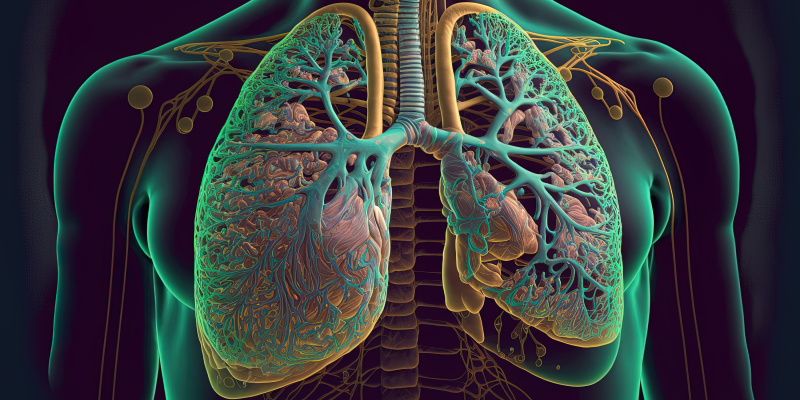
Respiratory muscle weakness is a common disorder often associated with weakened coughing, breathing and other airway functions, and it’s critical that providers and patients know how to identify symptoms of this condition to ensure the healthiest breathing and respiratory functions possible for all individuals.
What is respiratory muscle weakness?
Respiratory muscle weakness can occur when someone has developed a neuromuscular disease, and the symptoms are often only apparent whenever the condition is severe. According to Breathe with MD Inc., as your muscles break down, the breathing muscles, otherwise known as the diaphragm and intercostal muscles, can begin to break down as well. This makes the process of taking in oxygen and releasing carbon dioxide waste extremely difficult. The number one cause of death for those living with neuromuscular disease is weak breathing muscles, meaning some of these symptoms are fatal.
Mucus plugging from respiratory muscle weakness
Many times, it’s impossible for individuals to clear lung secretions, such as mucus, when suffering from respiratory muscle weakness – which can lead to emergencies and airway suctioning. If the airway isn’t suctioned in time, muscle weakness can result in mucus plugging, causing respiratory infections and even pneumonia.
Sleep-disordered breathing
In the early stages of neuromuscular disease, many people find themselves waking up frequently throughout the night or experiencing morning headaches that go away after a few minutes of being awake. These symptoms are associated with sleep-disordered breathing, which causes a person to breathe shallowly and experience fatigue or drowsiness during the day.
Predispositioning to neuromuscular disease
Breathing problems are most likely the cause of one or more underlying respiratory issues. Breathe with MD Inc. has developed a list of reasons why a person may be experiencing breathing problems and neuromuscular weakness associated with neuromuscular disease.
These include:
- The person may have a naturally smaller lung volume, leaving the chest with less room to expand.
- The respiratory muscles have been weakened to the point of not being able to produce a cough strong enough to clear the throat.
- A person may have weaker throat muscles that causes them to swallow food abnormally.
- The individual suffers from scoliosis or another disease that causes physical change to the body’s structure. This may allow the body to grow in a way that doesn’t leave enough room for the lungs to grow.
How symptoms vary
There are multiple symptoms associated with respiratory muscle weakness due to neuromuscular disease. Up To Date has compiled a list of the main signs to look out for which include:
- Inadequate ventilation during sleep.
- Nocturnal hypoventilation (choking during sleep, morning headaches, impaired cognition and fatigue).
- Awake hypoventilation, which can manifest as improper ventilation during the time someone is awake.
These symptoms can occur for different lengths of time as well. Up To Date has also accumulated a list of the timing and duration of symptoms:
- Acute duration often occurs in patients with spinal cord or nerve trauma.
- Chronic duration can present itself slowly over the course of a few months due to other issues like multiple sclerosis or spinal cord tumors.
- Relapsing can be a common occurrence for patients with multiple sclerosis.
- Acute-on-chronic can be seen in patients with a chronic neuromuscular disorder. These individuals may develop complications such as aspiration pneumonia.
- Progressive disorders may be identified such as ALS, spinal muscular atrophy, post-polio syndrome and syringomyelia.














